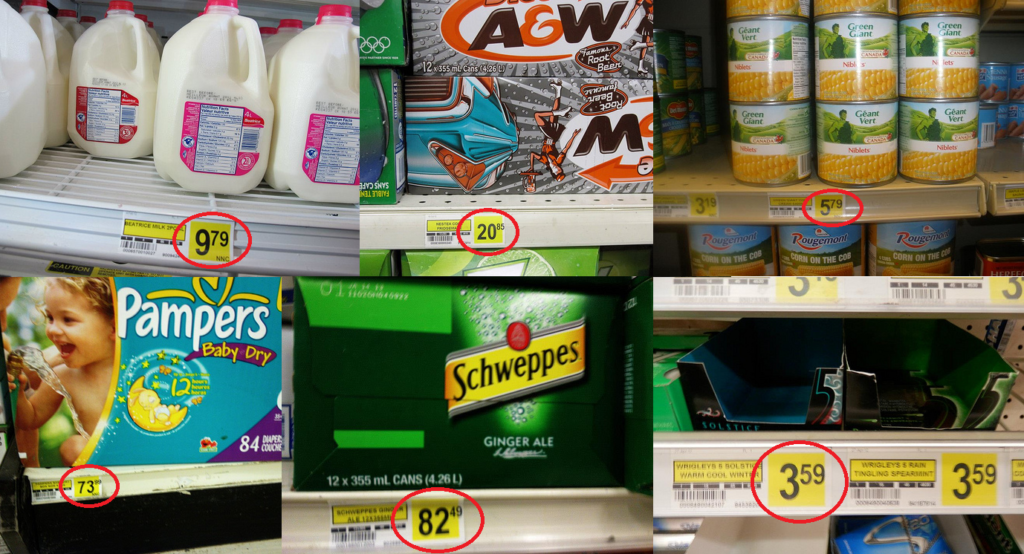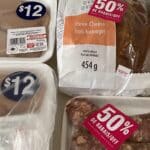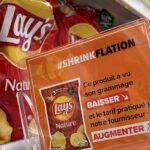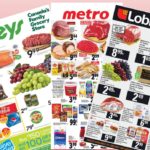
A “$1 off” coupon for Pampers doesn’t help much when a box costs $73.99. Good luck finding a coupon for a 12-pack of Schweppes ginger ale that will even make a dent in the $82.49 price tag. And a single pack of gum will set you back $3.59.
The prices in the photos above are no joke – that’s what things cost in the remote Canadian territory of Nunavut. And don’t dismiss the prices as being a result of the exchange rate – the Canadian dollar is actually worth slightly less than the American dollar. So, by a few cents, that $5.79 can of corn would cost even more in the U.S.
Once part of the Northwest Territories, Nunavut covers three-quarters of a million square miles, bordering Manitoba to the south and stretching northward, into the Arctic Circle and nearly to the North Pole itself. And that’s the crux of the problem. High prices at the grocery store are a direct result of the high cost of transporting products to the territory’s far-flung communities.
But residents are saying that enough is enough. The group “Feeding My Family” held protests across the territory over the weekend. Groups of frustrated residents positioned themselves outside grocery stores, holding signs with slogans like “Food is not a luxury,” “No food = Hungry kids” and “We are Canadians, help us feed our family.” It’s the third time they’ve held such protests, and they vow to keep up their efforts. They share information and strategize on their Feeding My Family website, and a Facebook page that boasts more members than the entire adult population of the territory.
“The majority of us in the Arctic are carrying enormous burdens and are trying our best with limited means and resources to feed our families,” wrote founder Leesee Papatsie on the group’s Facebook page. “We are not able to employ many of the usual fixes for food insecurity” such as growing their own food, “due to extreme cold conditions, limited sunlight, remoteness of the 25 communities… and mostly because of the blindingly high construction and maintenance costs.”
It can cost several dollars a pound to transport supplies by air. The government launched a new plan last year to subsidize some of those costs. And that’s helped reduce some mind-bogglingly high prices to mere astronomical levels. In one community, says the North West Company, the region’s dominant grocer, “the price of four litres (roughly one gallon) of milk has dropped from $15.19 to $7.70 – a savings of 49%.” An improvement, for sure, but it’s hard to spin those numbers as being a good thing.
And it’s small comfort for residents who still have to spend a majority of their earnings just to feed their families. “It would be nice if I could buy a pizza at the end of the week. But I can’t. It’s not affordable,” one resident told the CBC.
One Ontario resident is hoping the couponing community can help. Mindy Leveille has just launched a Facebook group called “Helping Feed Nunavut”. “Through couponing we can make a difference,” she says. “We can prove that our frugal lifestyles not only help us and our families but can be spread to other families as well.” Her goal is to connect couponers from cities throughout Canada, and donate the items they can all get for little or nothing. “We will raise the funds to ship through carwashes, fundraisers, etc.!” she adds.
So if you feel defeated if you can’t fill up your shopping cart and get everything for free after coupons, just try shopping in Nunavut. They don’t make coupons for $11 off a jar of Cheez Whiz.
Photo source: Feeding My Family















